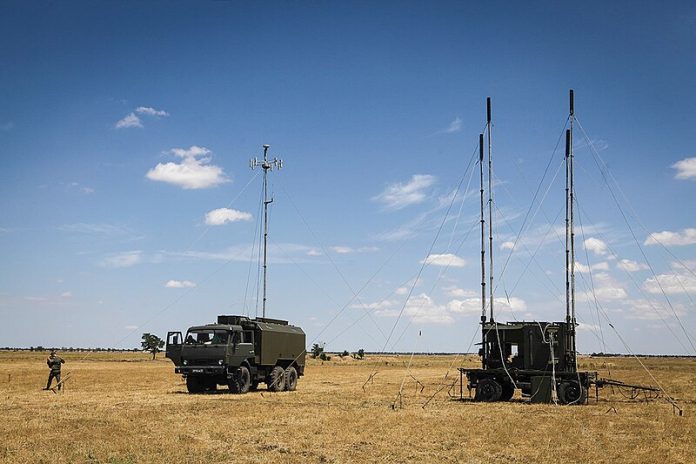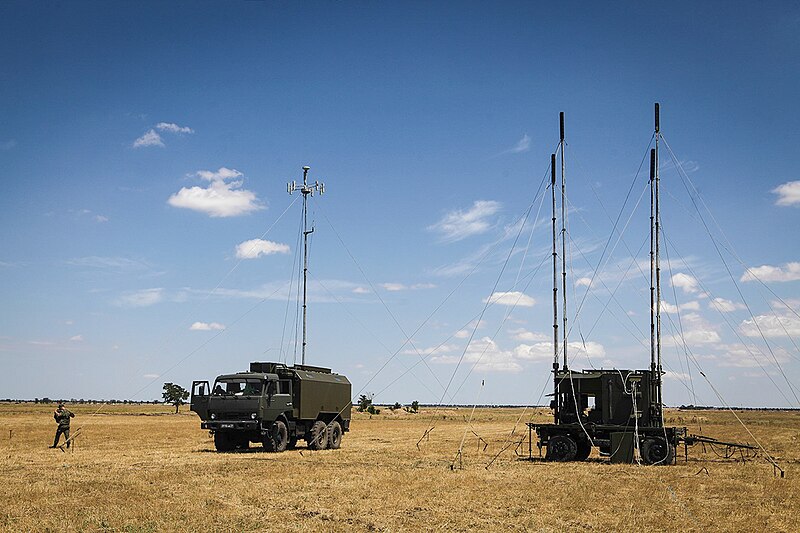
“In contemporary combat, the airwaves are as contested as the air.” That insight, repeated by several defense experts, explains why Ukraine’s recent demolition of one of Russia’s most unusual electronic warfare devices the R-330Zh Zhitel is more than a gesture. It is a deliberate attack on a crucial hub in Russia’s combat network.

Electronic warfare (EW) has been both sword and shield in Ukraine-Russia fighting, with the ability to disrupt drones, missiles, and communications with unseen force. The Zhitel, a mobile jamming platform, is perhaps one of the most powerful examples of this potential, with the ability to find and extinguish signals over long distances. Its loss in Luhansk on October 6, 2025, contributes to a mounting list of lost units, undermining Russia’s capacity to resist Ukraine’s precision-guided munitions and drones.
This listicle delves into seven interrelated features of the Zhitel’s function, weaknesses, and the shifting strategies regarding EW in Ukraine. From its design to the ingenuity of the humans responsible for its destruction, each section is a glimpse into how battlefield innovation is redefining the balance of power.
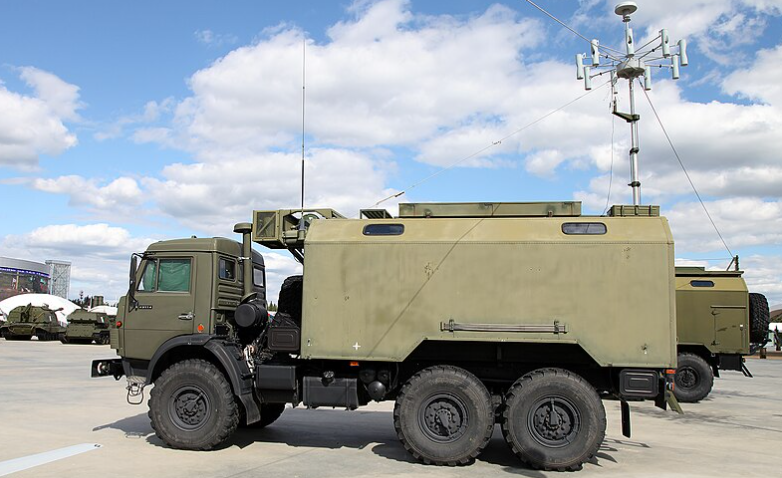
1. The Zhitel’s Dual Offensive-Defensive Role
The R-330Zh Zhitel is not only a jammer but a multirole EW platform that can both disrupt the communications of the enemy and perform electronic intelligence. As reported by Defense Express, it is able to triangulate sources of radio emissions and provide artillery or missile units with coordinates. It is thus a force multiplier degrading the situational awareness of the enemy and allowing precision strikes.
Its range of operations is impressive 20–25 km for ground targets and 50 km for aerial ones. It can be used to jam GPS, GSM, and satellite communications in the 100–2,000 MHz range, directly targeting systems such as JDAM-ER and HIMARS. Russian troops would view capability such as this as a “crucial tool,” yet it also puts a target on the back of the Zhitel.

2. Technical Anatomy of the Zhitel
The Zhitel is a 6×6 truck-based electronics vehicle combined with a diesel-electric power station and four active phased array antennas mounted on telescopic masts. The antennas enable rapid beam steering and fine control over signal suppression. It can be deployed in less than 40 minutes and run for 1,600 hours without the need for external power.
Its configuration allows detection and jamming of mobile satellite communications such as Inmarsat and Iridium, and consumer GPS systems such as NAVSTAR. The control over amplitude and phase at every element in phased arrays provides it with the freedom of simultaneously targeting several frequencies. But this high-power emission also has the danger of betraying its location to enemy EW teams.
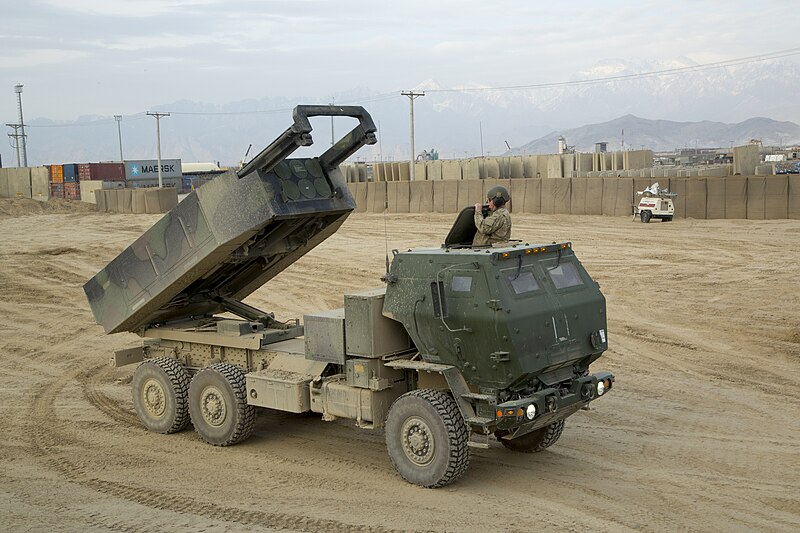
3. How Ukraine Hunts and Destroys EW Systems
Ukrainian military has fashioned a multi-layered strategy for neutralizing EW assets. During the October 6 attack, air reconnaissance by the State Border Guard Service located the Zhitel, upon which the 412th ‘Nemesis’ Brigade used bomber drones for accurate targeting. Analogous operations in Donetsk and Zaporizhzhia have married reconnaissance drones such as the Shark with rocket artillery or HIMARS.
These missions take advantage of the fact that jamming beams reveal a system’s position. Once coordinates are verified, artillery can fire rapidly. This approach has resulted in at least 23 Zhitel vehicles destroyed since the invasion started, as per Oryx’s confirmed visual data.

4. EW’s Effect on Western-Supplied Weapons
The Zhitel’s GPS jamming has had a direct impact on the effectiveness of US-provided JDAM-ER bombs and HIMARS rockets. As RUSI analyst Thomas Withington described, its 10 kW jamming signal is “notably stronger than the strength of the GPS signal coming from space.” Even encrypted M-Code GPS communications can be broken up by brute force alone.
Such interference has led Ukraine to modify targeting practices and, in some instances, reduce the employment of some precision weapons. Although anti-jamming upgrades are available, Russia’s use of multiple EW systems for each 10 km of frontage exacerbates the problem.
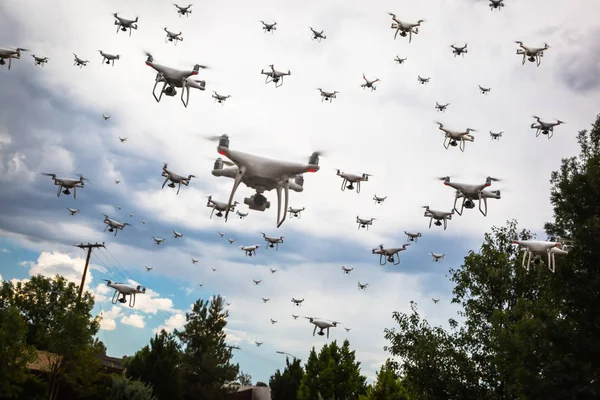
5. Friendly Jamming and Battlefield Confusion
The concentration of drones in the Ukrainian battlespace at times over 60 per mile has produced cases of friendly jamming by accident. Dimko Zhluktenko of Ukraine’s Unmanned Systems Forces explained that while attempting to jam Russian Zala drones, Ukrainian EW can by accident affect Shark drones on the same frequency.
This phenomenon illustrates the sophistication of EW in drone-intensive scenarios. Unit coordination is required to prevent degrading one’s own abilities, but war’s fog routinely causes over-jamming, with operators “click all of the frequencies” out of fear.

6. Frontline Innovation: Drone Workshop-Laboratories
Ukraine’s success over systems such as the Zhitel is closely linked with accelerated innovation cycles. Drone frontline workshops fix, customize, and adjust UAVs according to changing EW threats. According to commander Andriy Khoma, being close to combat enables quick reconfiguration when radio frequencies are jammed.
These decentralized laboratories have increased mission efficiency FPV strike success rates in certain units have increased from 30% to 70%. The model has piqued the interest of NATO, as it allows real-time adaptation to enemy countermeasures without centralized procurement delay.
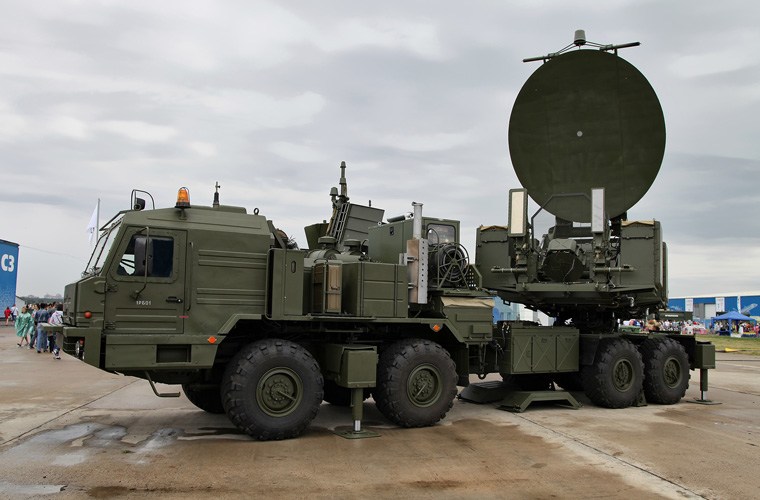
7. The Strategic Cost to Russia
Loss of a Zhitel is not merely a tactical loss it undermines Russia’s larger EW network. Every destroyed node lessens coverage, leaving corridors for Ukrainian drones and precision weapons. Furthermore, high-power jamming can produce electromagnetic fratricide, interfering with Russia’s own GLONASS navigation and communications.
This weakness compels Russian commanders to weigh EW deployment against the danger of interference and detection by themselves. As Ukraine improves its hunt-and-strike operations, the combined wear and tear on scarce systems such as the Zhitel threaten to swing the EW advantage into its hands.
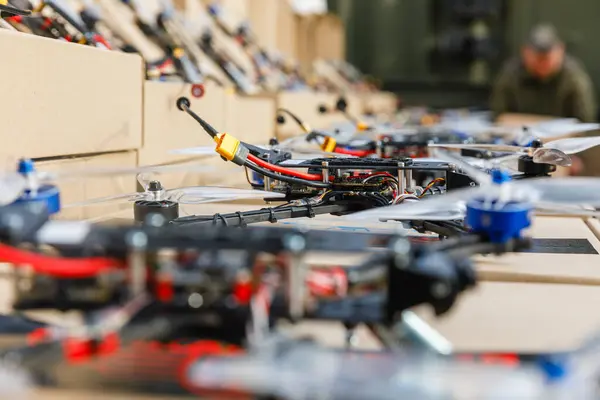
The destruction of the R-330Zh Zhitel in Luhansk is representative of a broader trend Ukraine’s capability to detect, target, and destroy high-value EW assets in spite of their sophistication. With each loss, Russia’s control of the electromagnetic spectrum is compromised, creating opportunities for Ukrainian drones, artillery, and guided munitions to move with greater freedom. In a war in which the control of the airwaves may determine battles, these strikes are not simply victories they are steps towards remaking the technological battlefield.
